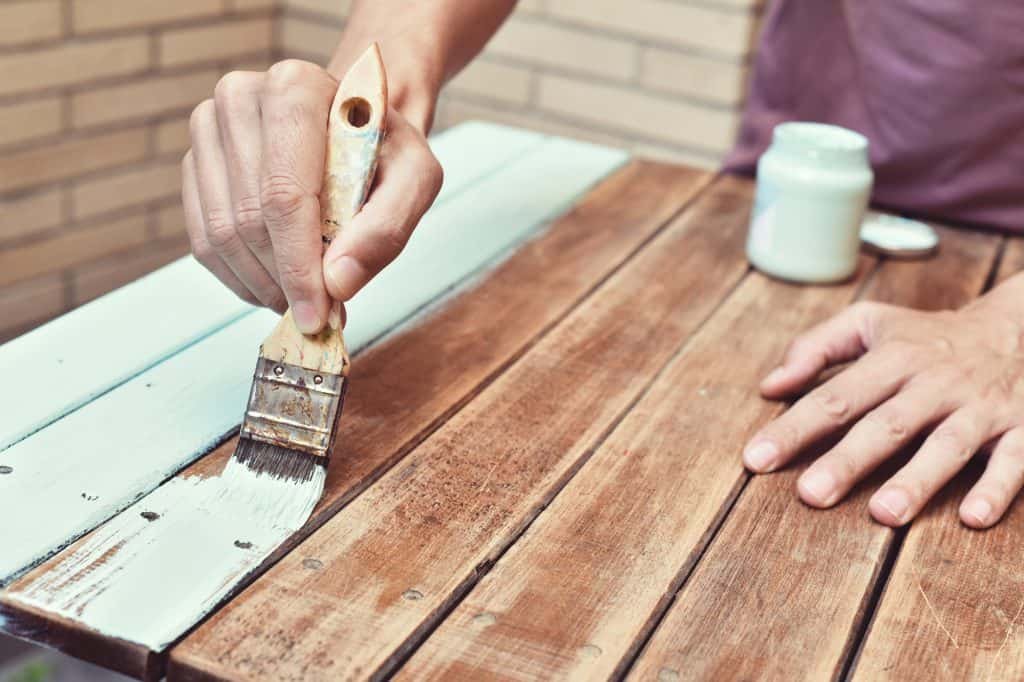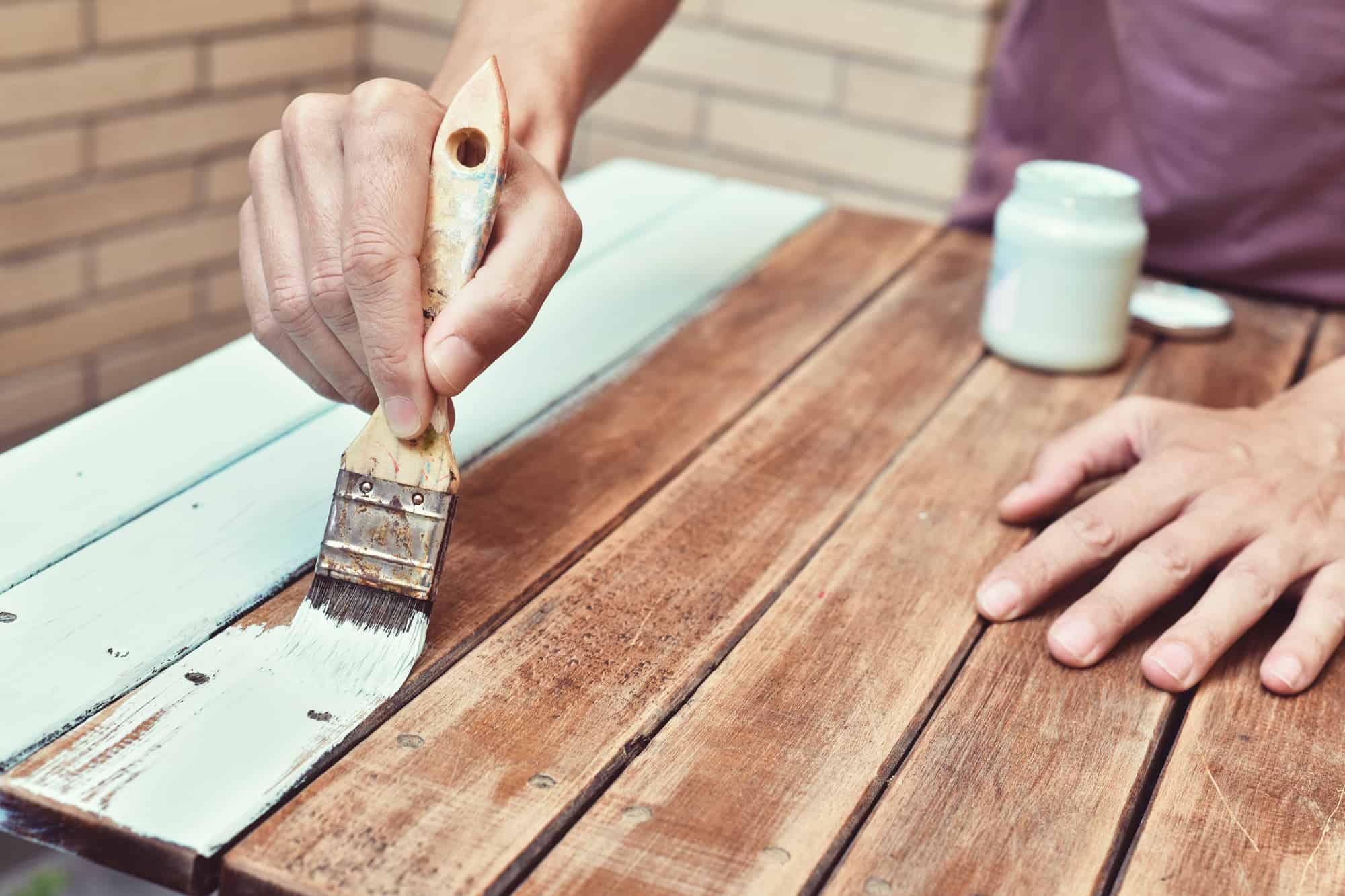Washable paint is a double-edged sword. You can easily clean it off your skin, fabrics, and other surfaces where it isn’t wanted. But while that’s convenient enough, the trick is in getting it to stay where you need it to.
You can use washable paint on wood but bear in mind that it isn’t designed to last. You will need to coat it with a polyurethane sealant to lock it in and preserve its colors. Spraying this on is the best way to go about it so that you don’t ruin the painted surface with streaks or brushstrokes.
If you are looking to add some color to a wooden surface using washable paint, you’ll probably want to know more about how it all works before beginning the painting project. This article will help get you ready, so be sure to keep reading.
Will Washable Paint Work on Wood?
Washable paint will work on a variety of surfaces, including wood. But there are some additional steps you have to take to get good results. And first things first, you have to start right.
Take the time to clean and prime the wood pieces you intend to work on. The washable paint will adhere better and will have a neater finish.
Don’t forget to take into account, however, that because of its formulation, washable paint is not permanent. It’s a far cry from archival and lightfast paints and is specifically designed to come off easily when cleaned.

But even then, it’s not at all unusual for people to opt for this paint type when working on wooden surfaces.
This is especially more common in arts and crafts or DIY projects and makes for easier clean-up when the job is done. But there is that small matter of the washable paint’s evanescent nature.
Working around this requires the use of a polyurethane sealant to lock in the paint, protect it, and add significantly more years to its colors.
At first glance, this may seem like extra miles for you to go on. But all things considered, using washable paint does not entail any more effort than using other types of paint.
Cleaning and priming any surface before painting over it is a given. Moreover, topping off a paint job with a sealant is generally the standard operating procedure.
So if for whatever reason, you choose to paint over wood with washable emulsions, you’ll be expending relatively the same amount of effort as you would with other types of paint.
Can You Use Crayola Washable Paint on Wood?
You can use Crayola Washable Paints on wood but note that they are not the finest option for more serious paintwork.
The target of these products is typically children, and indeed, they are extremely popular in kindergartens, daycares, and with the little ones at home (source: Crayola).

Crayola Washable Paints are an excellent means for kids to safely unleash their creative outlet, which may entail using these variedly-colored, non-toxic emulsions on wood.
It’s worth mentioning that there are different brands of washable paint. However, Crayola is arguably the most trusted one when it comes to art materials for children. Their washable paints are just one more reason for customers to sing its praises.
After the arts and crafts session is over, you can follow these removal suggestions by Crayola in tidying up the colorful mess made courtesy of their Washable Paints:
- Wipe all wood stains with a damp sponge.
- Apply Soft Scrub on remaining stains.
- Work in a circular motion.
- Rinse it off.
This usually gets the job done. However, if you encounter more persistent stains, you can blot them with an alcohol-soaked cotton ball, and then rinse (source: Crayola).
How Do You Seal Washable Paint on Wood or Make It Permanent?
You can make washable paint on wood permanent by sealing it with the use of a polyurethane sealant spray.
Polyurethane (source: Hunker) is an oil-based varnish that provides a protective coating for painted wooden surfaces. This liquid-form paint sealant can also be brushed over the paint if you prefer. However, you may leave streaks or brush strokes which will ruin the overall result.
The aerosol form of polyurethane is recommended because you can spray the painted wood without making any markings on it. In addition to this, it dries faster than its brushed-on counterpart.

You’ll also want to note that applying an extra coat or more of polyurethane will better seal the paint and give you a better-protected finished product.
When you are done sealing your painted wood, you can use paint thinner or mineral spirits to clean up the excess polyurethane on the surrounding surfaces.
It’s important to remember that polyurethanes emit harmful substances known as volatile organic compounds or VOCs (source: Frontiers In Public Health). For your safety, always work outdoors or in a very well-ventilated room when handling polyurethane.
Conclusion
Washable paints may not be the most obvious paint choice for painting wooden surfaces. But they are a very viable option and you can have great results if you do things right.

